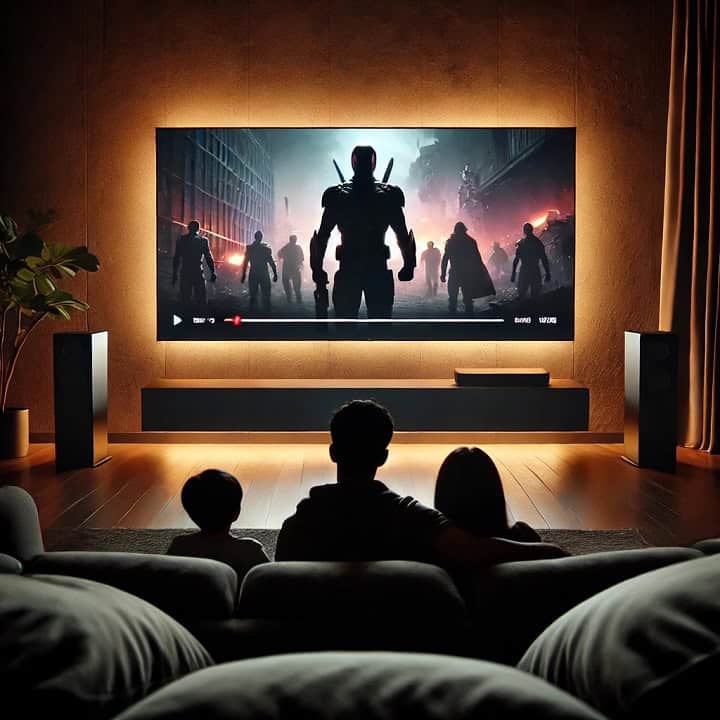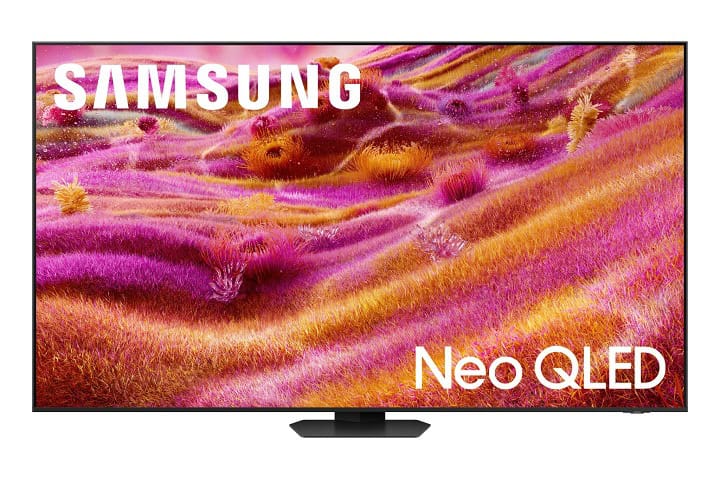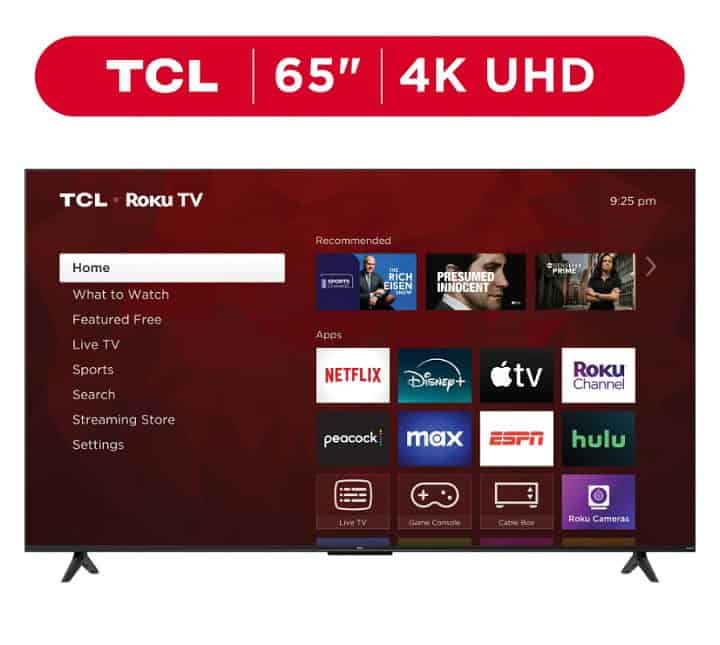Syncing your smart lights with movies is one of the easiest ways to take your home theater experience to the next level. Instead of just watching a film, you can immerse yourself in dynamic lighting that reacts to the action on screen, making explosions flash brighter, underwater scenes glow in deep blues, and horror moments feel even more intense. Whether you’re looking for a simple plug-and-play solution or a more customizable DIY setup, there are plenty of ways to make your lights sync with your TV.
In this post, we’ll explore the easiest ways to achieve movie-syncing magic with smart lights. From premium options like Philips Hue and Govee to DIY alternatives using Home Assistant or Raspberry Pi, we’ll break down the pros and cons of each method so you can find the best setup for your home. Ready to bring your movie nights to life? Let’s dive in!
Why You Should Sync Your Smart Lights With Movies
Syncing your smart lights with movies takes your home theater experience to a whole new level. Instead of simply watching a movie, you get dynamic lighting that reacts to the action on screen, pulling you deeper into the scene. Imagine your room glowing red during an intense battle sequence or shifting to cool blues in a deep-sea adventure—these effects can make movies feel more immersive and engaging. Whether you’re watching a fast-paced action film, a suspenseful horror movie, or a colorful animated feature, syncing your smart lights adds an extra layer of excitement to the viewing experience.
Beyond immersion, synced lighting can also help reduce eye strain when watching in a dark room. Instead of staring at a bright screen in a pitch-black space, ambient backlighting creates a smoother transition between the screen and its surroundings, making it easier on your eyes. This is especially useful for long movie marathons or late-night binge-watching sessions. Plus, it’s just plain fun—customizing your lights to match the mood of your favorite films can turn an ordinary movie night into something special.
Best Smart Lighting Systems for Movie Syncing
There are several ways to sync your smart lights with movies, ranging from plug-and-play solutions to more advanced DIY setups. Here’s a breakdown of three popular options:
Philips Hue Lights with Sync Box Setup
Philips Hue offers one of the most polished solutions for syncing smart lights with your TV, thanks to the Philips Hue Play HDMI Sync Box. This device connects between your TV and media devices, analyzing the content on screen and adjusting your Hue lights in real-time to match the colors and brightness. The Sync Box works seamlessly with Philips Hue color bulbs, light strips, and play bars, creating a fully immersive experience.
To set it up, you’ll need a Hue Bridge, compatible Hue lights, and the Hue Sync app. The Sync Box supports multiple HDMI inputs, meaning you can connect devices like gaming consoles, streaming sticks, or Blu-ray players. If you are using an external device like a Roku for streaming, this works beautifully. However, one downside is that it does not work with built-in smart TV apps like Netflix or Disney+—only external HDMI devices. Despite this limitation, it remains one of the best options for lag-free, high-quality light syncing.
Govee Lights with Sync Options (HDMI and Camera-Driven)
Govee offers a more budget-friendly alternative with two main options: a camera based option and a HDMI input option.
- Camera-Based Syncing: The Govee Backlight Kit with Camera uses a small camera mounted on top or bottom of the TV to capture colors from the screen and adjust the LED backlight accordingly. This method works with any content, including built-in streaming apps, since it relies on the visual data from the display. However, the downside is that the color accuracy isn’t as precise as HDMI-based solutions, and some users find the visible camera distracting.
- HDMI Sync Box: The Govee AI HDMI Sync Box 2 works similarly to the Philips Hue Sync Box but comes at a lower price. It connects to your TV’s HDMI output, analyzing the content and adjusting the lights in real-time. This method provides more accurate color matching than the camera-based approach, though like the Hue system, it won’t work with streaming apps that run directly on smart TVs unless you use an external media player.
Govee’s options are more affordable and don’t require a hub, making them a great entry point for smart lighting synchronization.
DIY Movie Syncing Solutions
For those who prefer more flexibility (and don’t mind a little tinkering), DIY solutions using Home Assistant, Hyperion, or Raspberry Pi setups can provide similar results to commercial options—often at a lower cost.
- Hyperion + Raspberry Pi: Hyperion is an open-source software that allows you to sync LED lights with video content. When paired with a Raspberry Pi and LED strips, this setup can capture HDMI signals or process screen data to create an ambient lighting effect. It can even connect to Home Assistant for more automations. While this approach requires some technical knowledge, it offers high levels of customization and works with various smart home platforms.
- Home Assistant Automations: If you already have smart lights like LIFX or Zigbee-compatible bulbs, you can use Home Assistant automations to trigger color changes based on what you’re watching. This method isn’t as precise as HDMI or camera-based syncing, but it allows you to set up scenes that enhance your viewing experience.
- PC-Based Syncing: For those watching movies on a computer, software like Philips Hue Sync for PC/Mac or Prismatik can dynamically change lighting based on what’s displayed on the screen. This is an easy way to achieve light syncing without extra hardware, but it’s limited to content played on a PC.
While DIY methods require more setup, they offer greater control and customization, making them a great option for advanced users who want to fine-tune their smart lighting experience.
In Summary
Syncing your smart lights with movies is a simple yet effective way to create a more immersive home theater experience. Whether you choose a plug-and-play solution like the Philips Hue Sync Box, a budget-friendly Govee system, or a DIY setup using Hyperion or Home Assistant, there’s an option for every skill level and budget. Each method comes with its own pros and cons, so the best choice depends on your existing smart home setup, preferred level of customization, and the type of content you watch most often.
No matter which approach you take, adding dynamic lighting to your movie nights can make films more engaging, reduce eye strain, and turn your living room into a true cinematic experience. If you’re ready to level up your smart home, syncing your lights with your TV is an easy and exciting place to start!



